
FIRST: Thanks to Alan McConchie, Beth Schechter, and the Maptime team for much of this material!
Anatomy of a Web Map#webmaptime
Mike Foster and Andy Woodruff for Maptime Boston
FIRST: Thanks to Alan McConchie, Beth Schechter, and the Maptime team for much of this material!
Anatomy of a Web MapFollow along!
http://maptimeboston.github.io/web-maps-101

What is a web map?
"Web map" often implies a map that is not simply on the web, but rather one that is powered by the web.
A digital map is on a computer, but may not be accessible by internet, and is relatively static if it is.
A web map depends on the internet. It is usually interactive and not always self-contained.
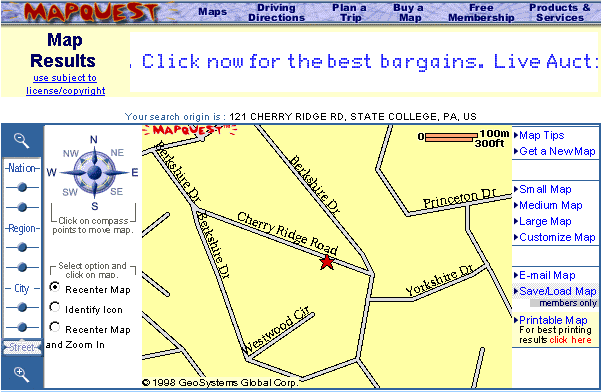
MapQuest ruled the early days of web maps
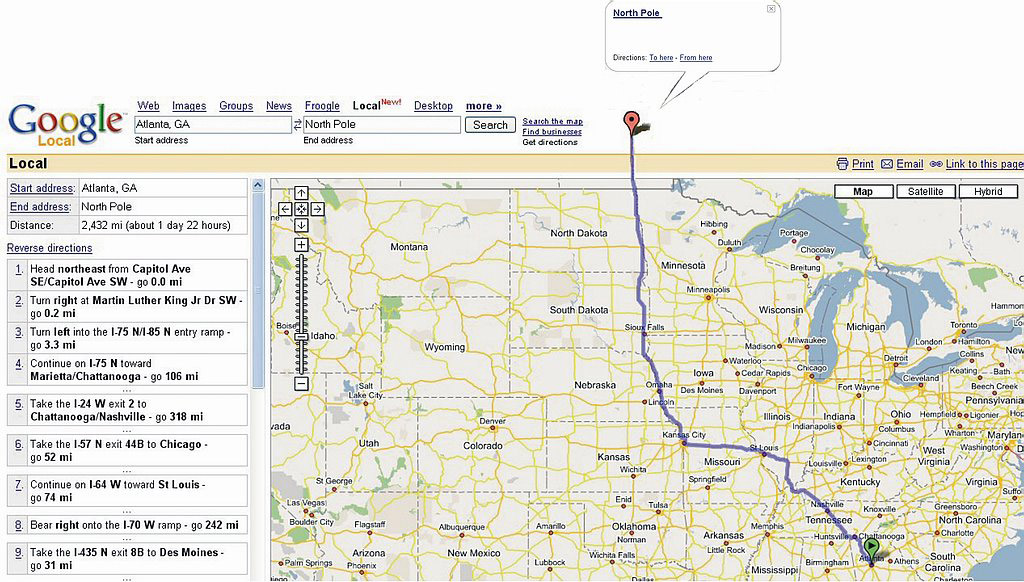
Enter Google, 2005
Google Maps pioneered what is now sometimes called a "slippy map"

So how does a "slippy map" work?
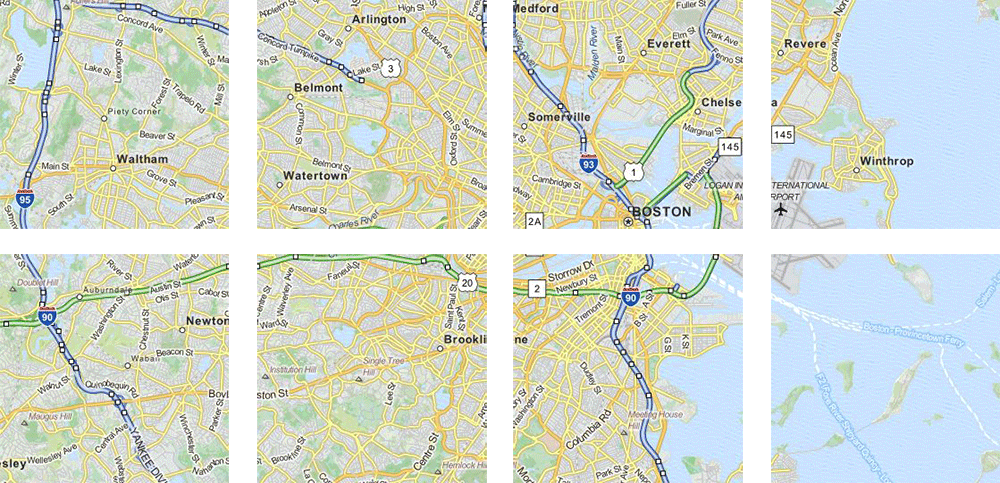
A "slippy map" is usually made of tiles.
Tiles are usually pre-rendered raster images, although vector tiles are on the rise.
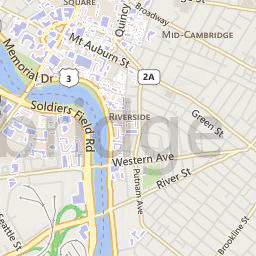
256 x 256 pixels.
Standardized locations.
20ish zoom levels.
zoom, x, y
e.g. .../14/4955/6059.png
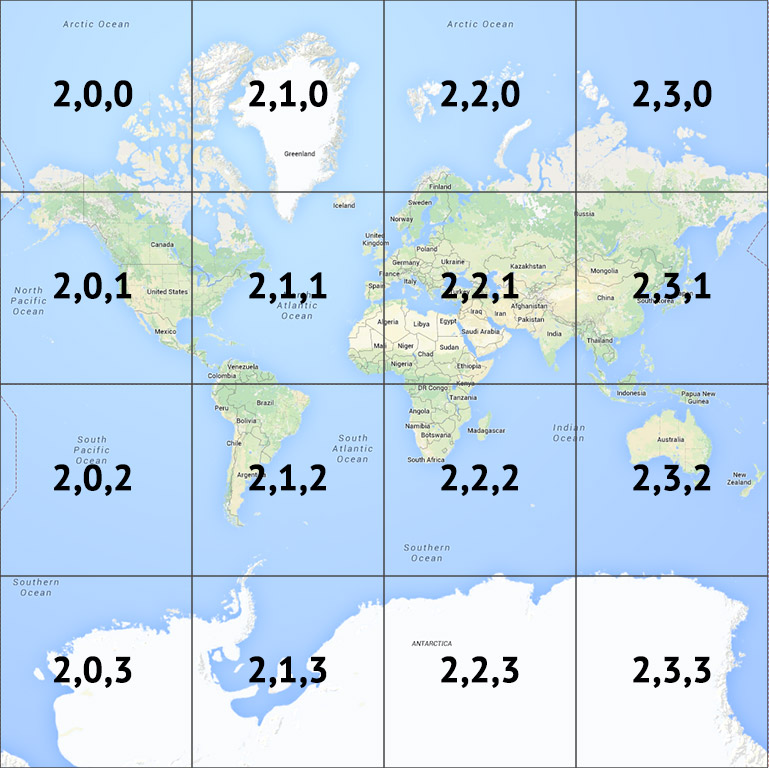
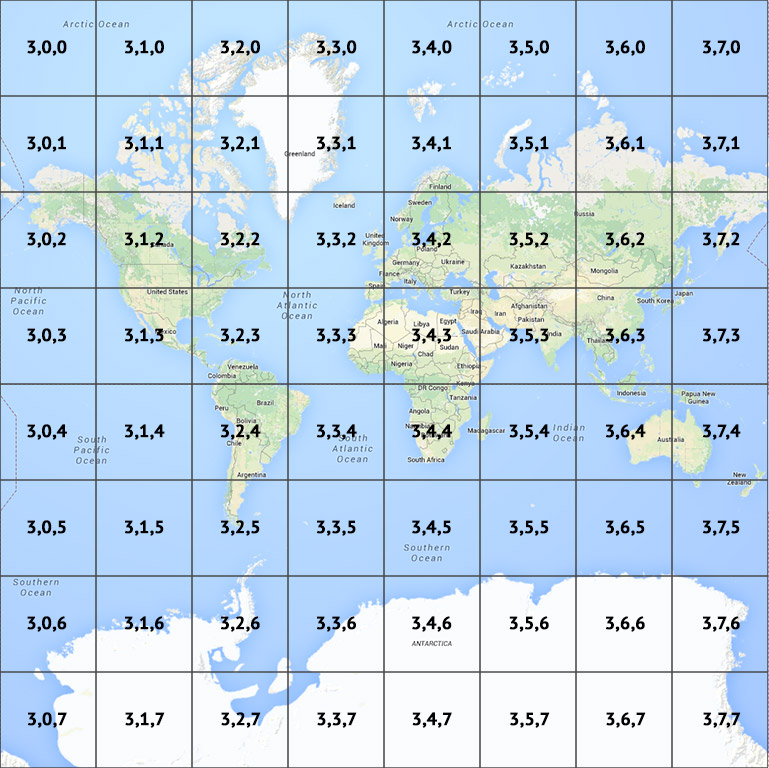
Number of tiles at zoom level z:
2z x 2z = 4z
At the resolution of my computer, a world map at zoom 21 would be nearly 78 miles square!
Bing Maps Tile SystemThe math is simple!*
x = λ
y = ln(tan φ + sec φ)
where λ is longitude, φ is latitude
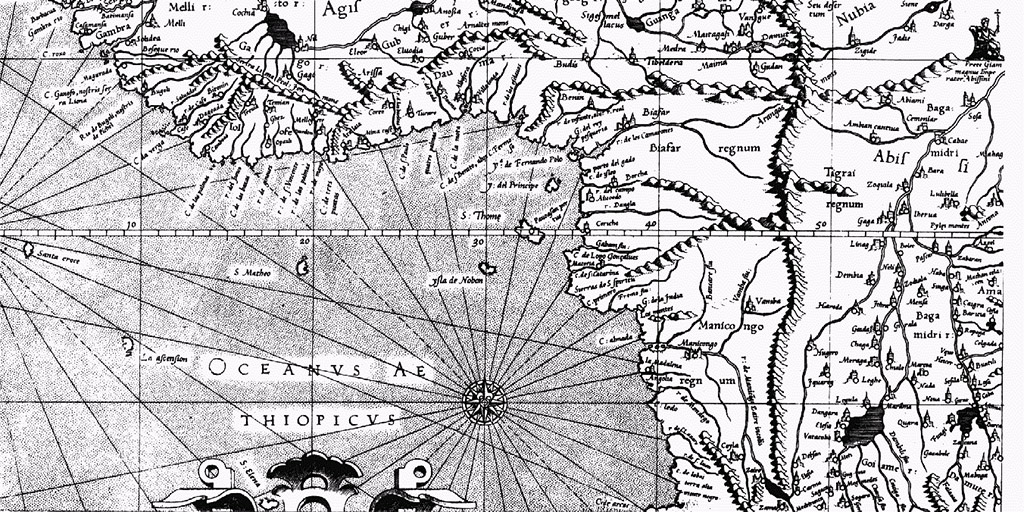
Mercator's map was designed for marine navigation. Lines of constant bearing are straight.

At a local scale, this means that shape and direction are preserved.

A Mercator map of the world is not a map of the world.
ln(tan 90° + sec 90°) = Infinity
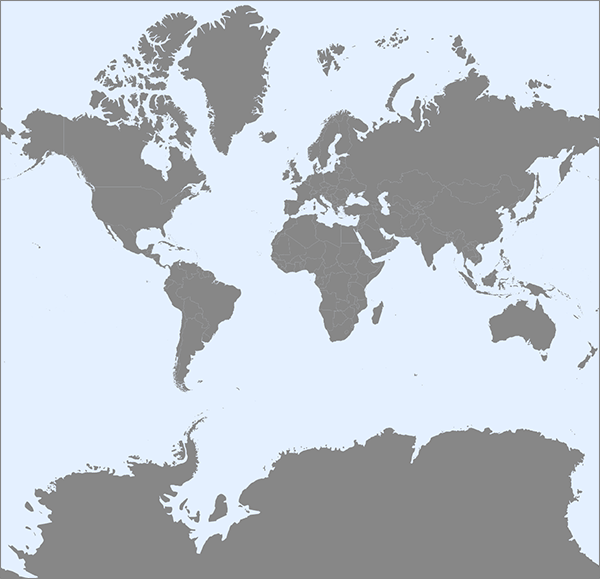
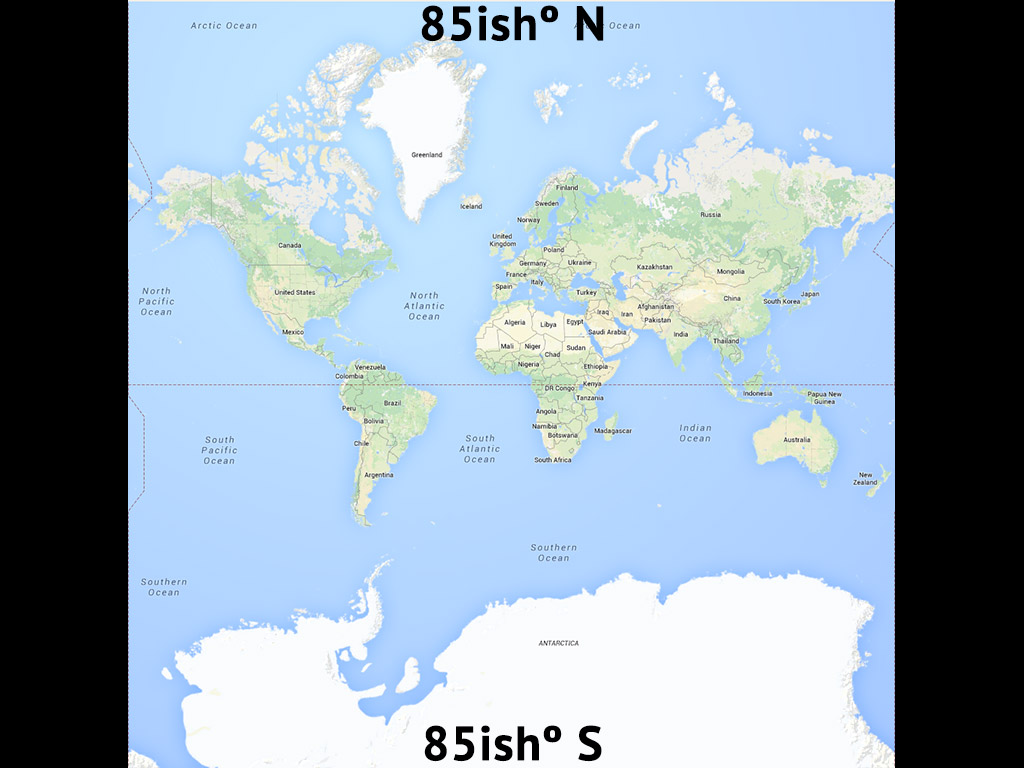
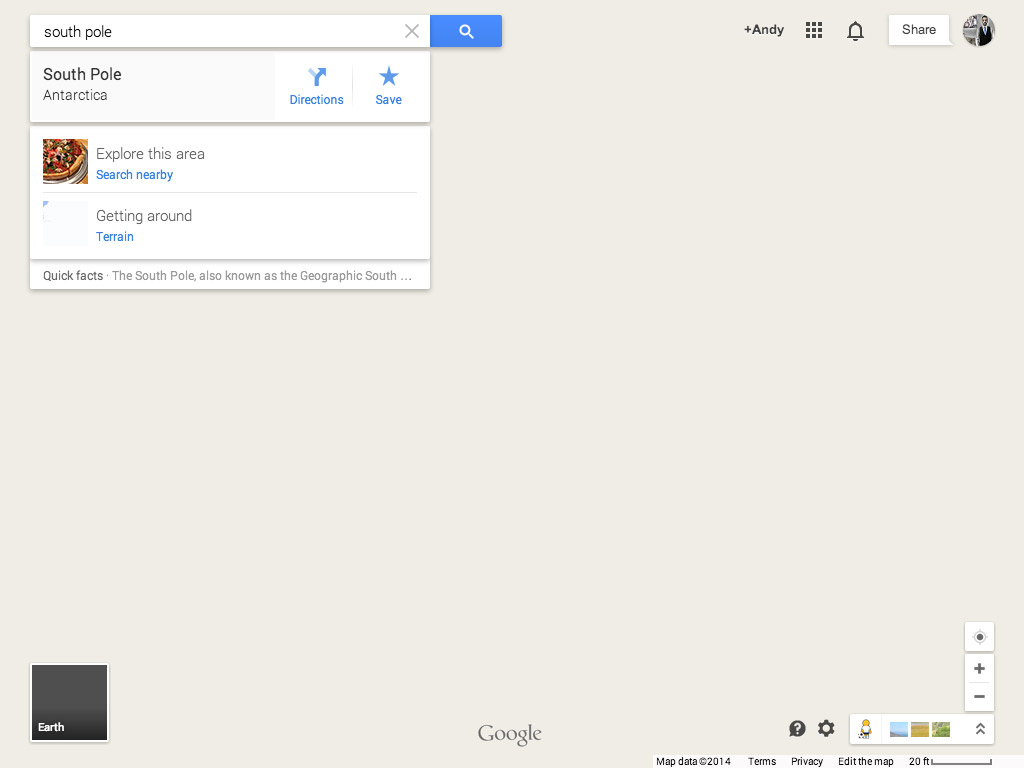

Be suspicious of web map comparisons "at the same scale."
ZOOM LEVEL ≠ SCALE
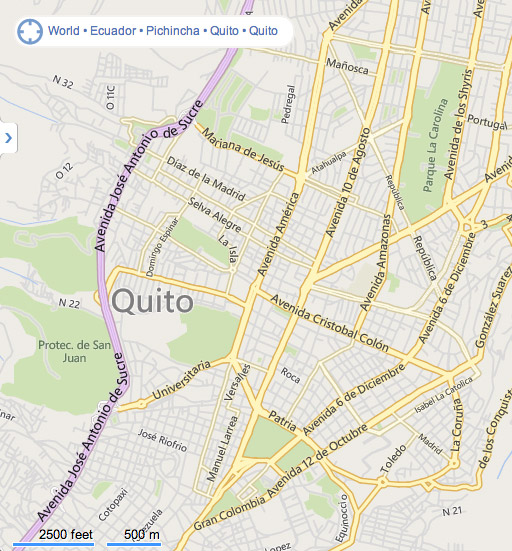
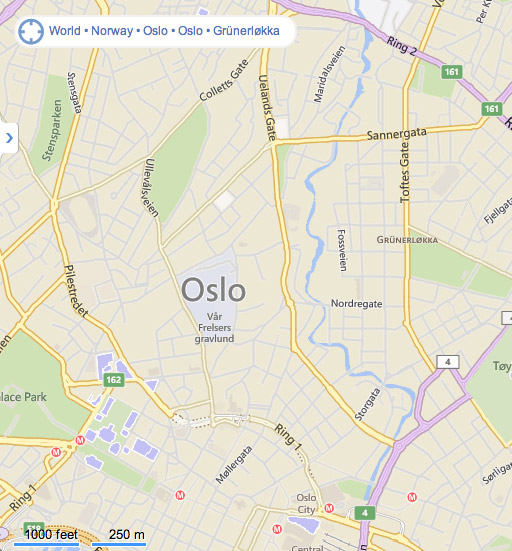
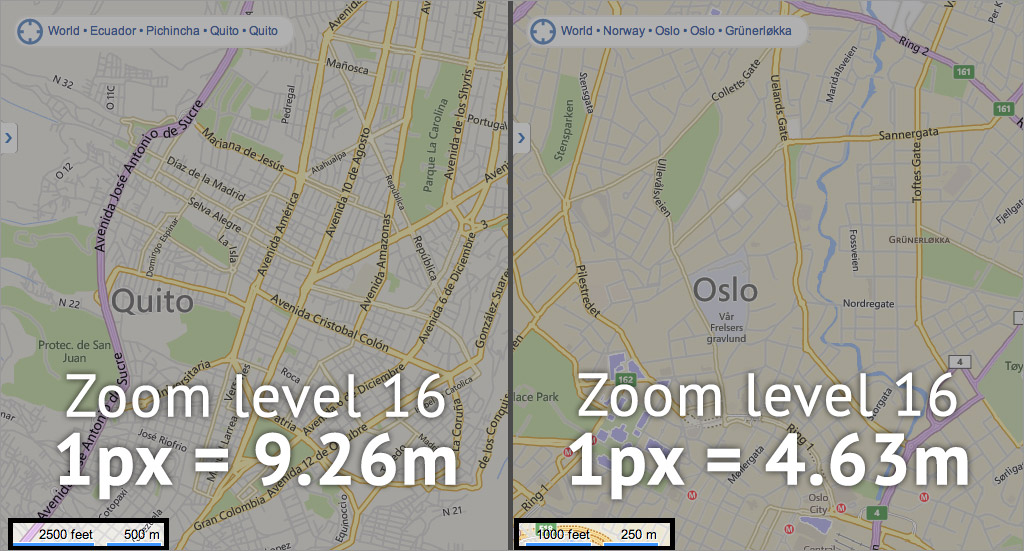
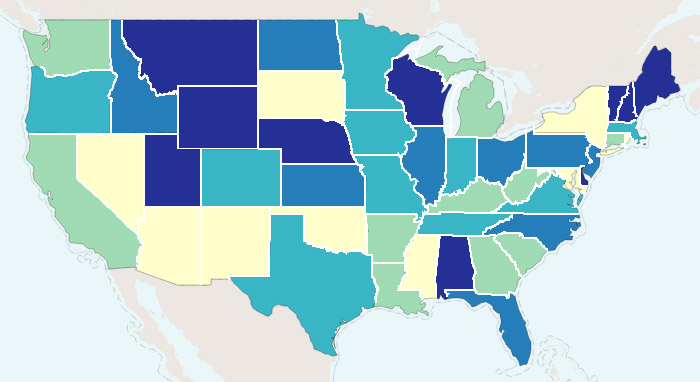
So avoid areal representations in web maps at small scale.
Web maps are more than just tiles.

Dynamic, interactive feature layers are the important other half of many web maps.
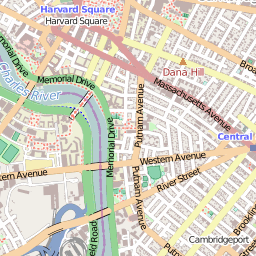
Tiles, typically: raster, non-interactive*, used as a base layer
Feature layers, typically: interactive, vector, represent the map's salient data
GeoJSON is a geographic data format that plays well with web maps for feature layers
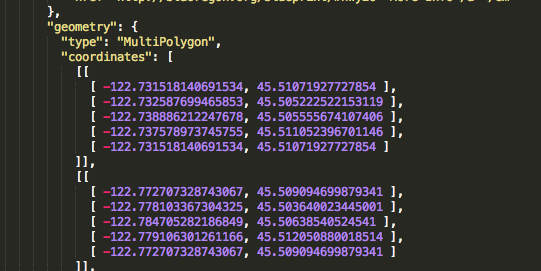
How does all this fit together?


This is cool!
So where do I start?

All good maps tell stories.
What is the story you are trying to tell?
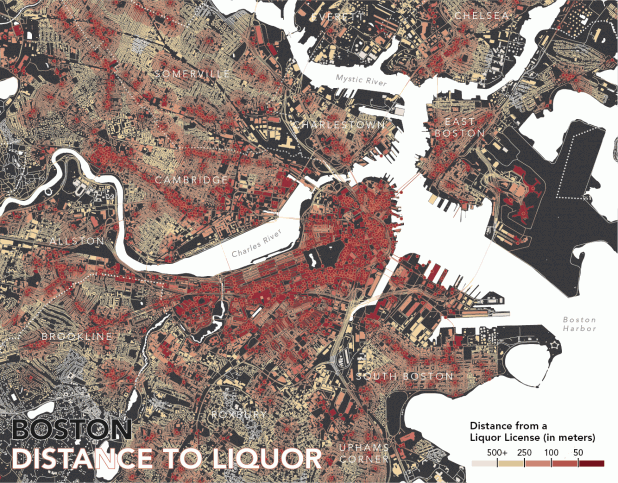
Cartographers do this.
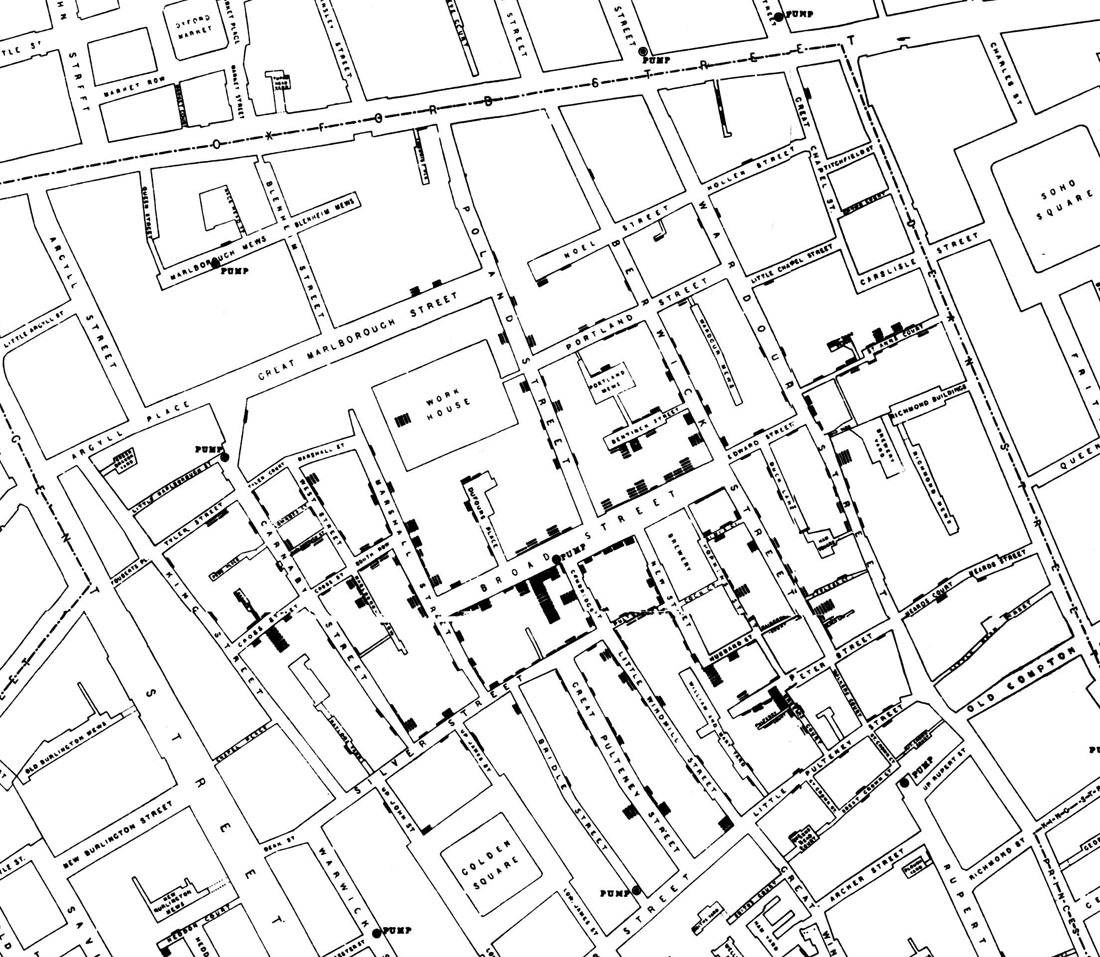
Who is your audience?

What is your goal?
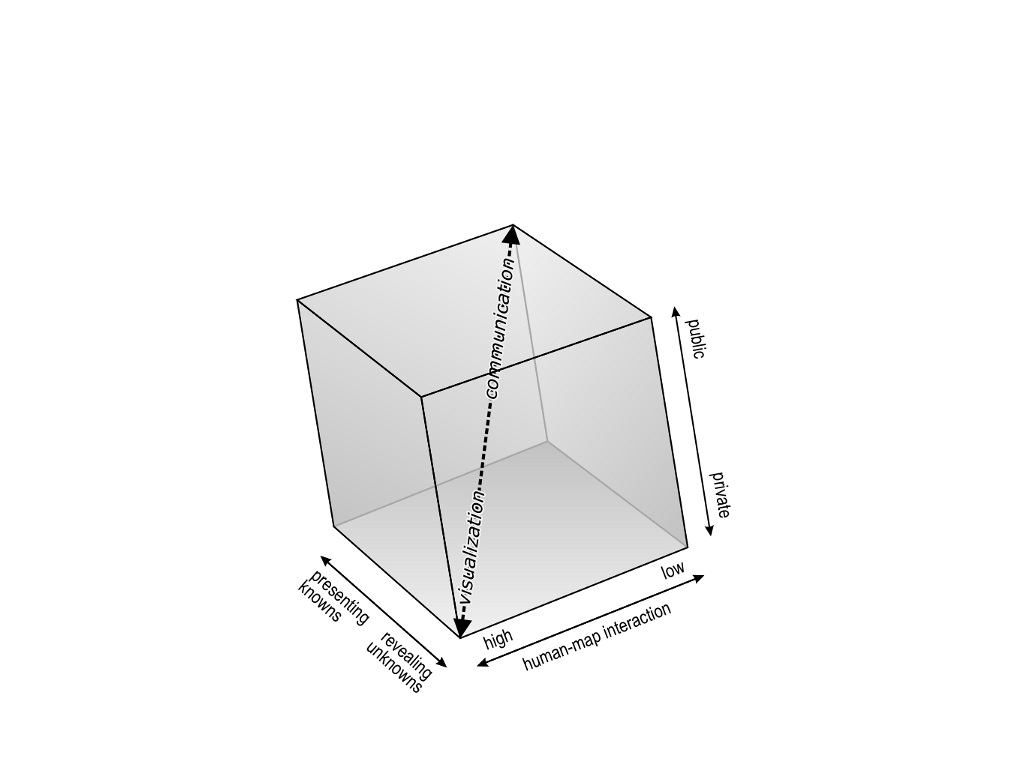
Communication Tool vs.
Exploration Tool

Data Matters
Spend the time upfront working on your data!
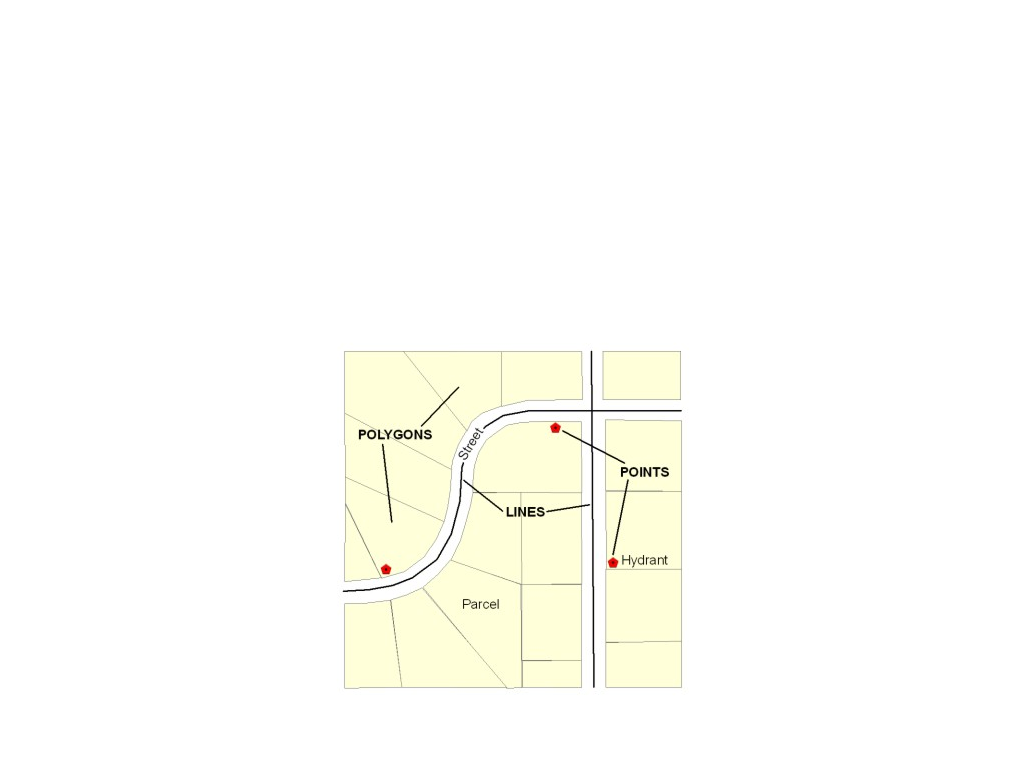

Data Considerations
Interaction
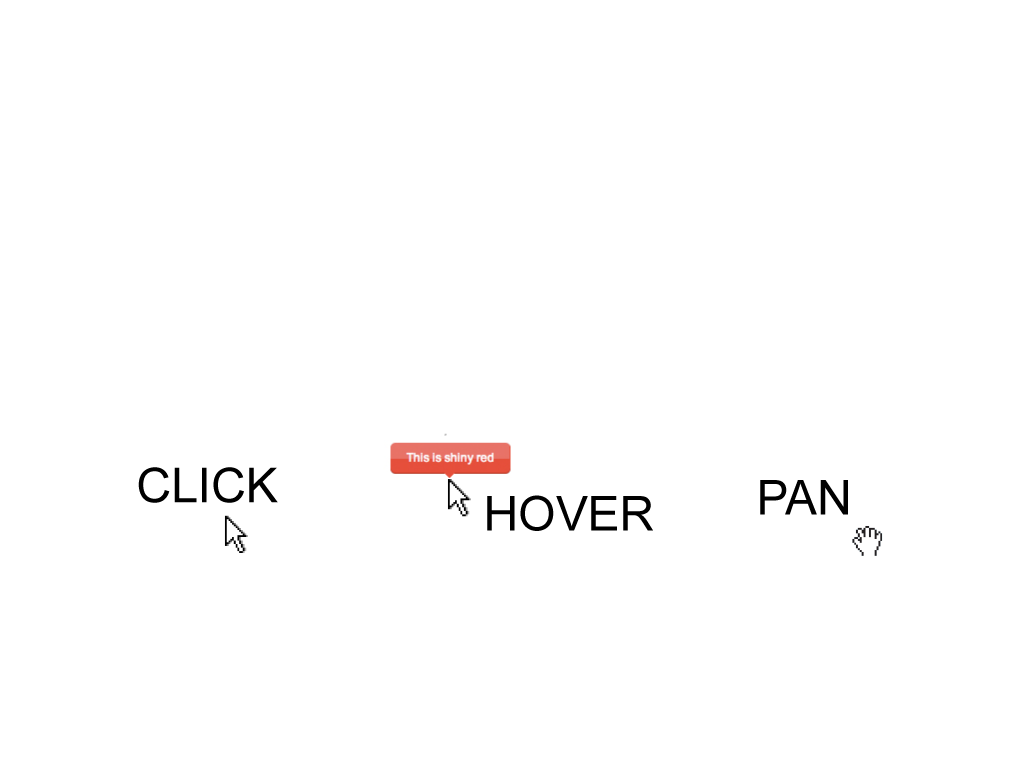
What layers can you interact with?
What layers won't change?
Will data update in real time?
bostonographyWhat format will you keep your data in?
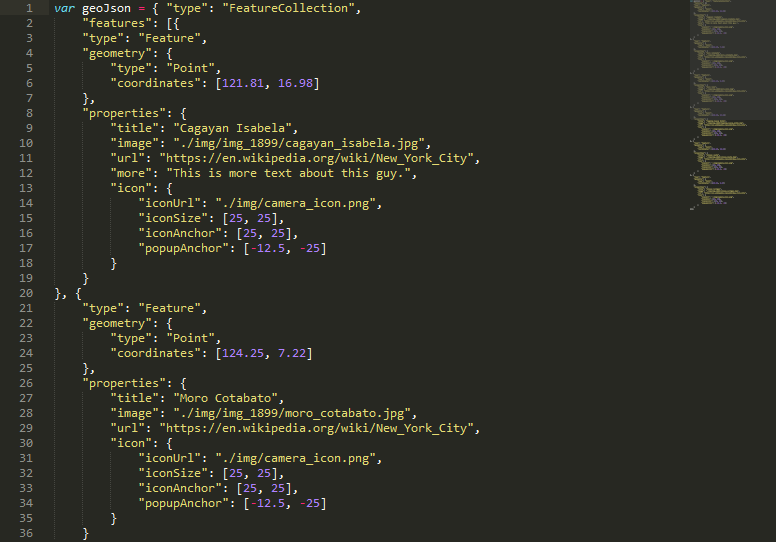
We mentioned tiles...
Do you want a custom basemap?
Or can you use an existing one?
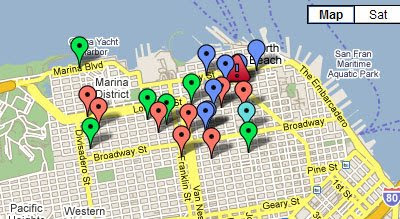
Hosting
Where are you going to put your map?
How much money do you have?

Coding
The Map Div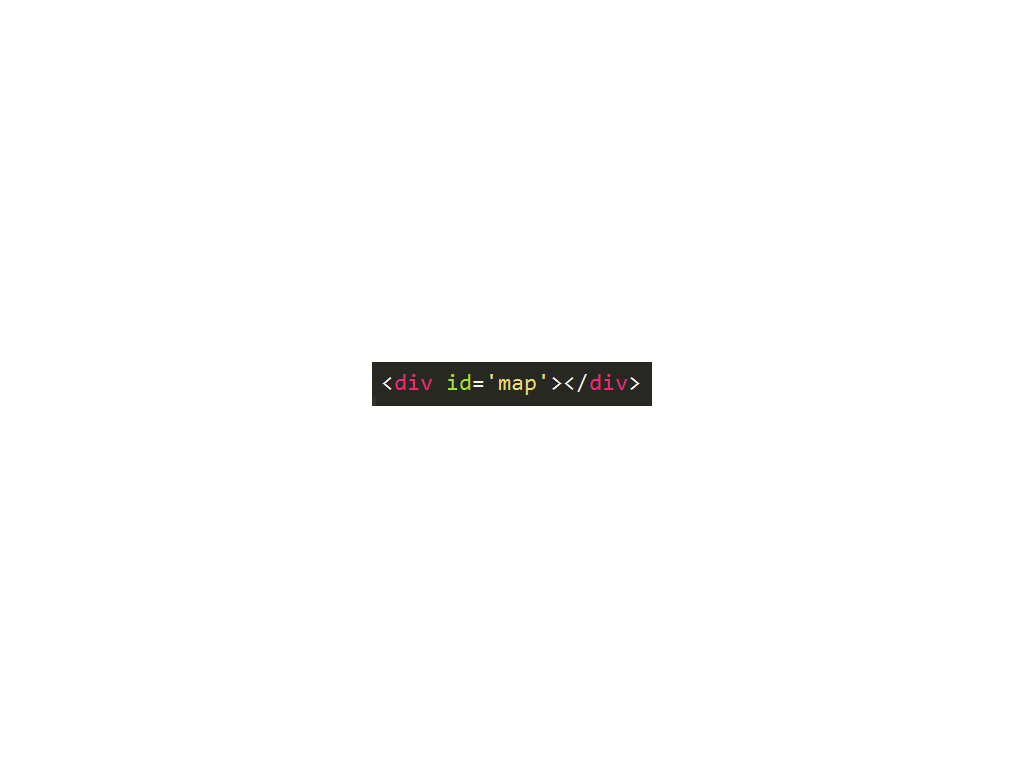
One line of code.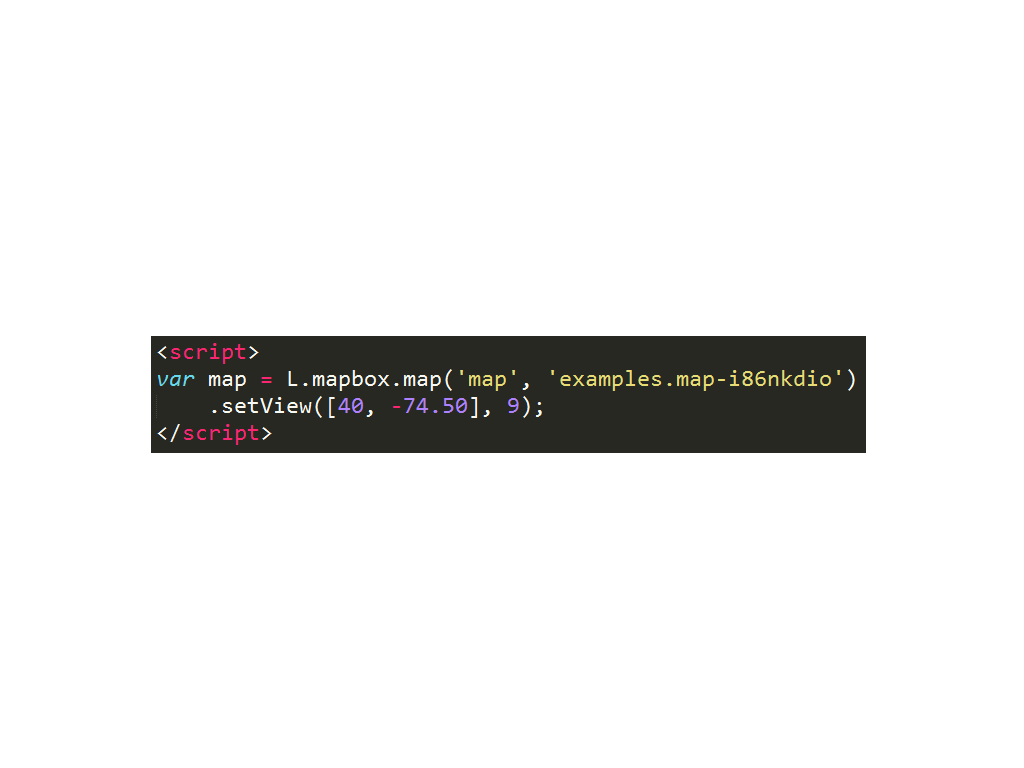
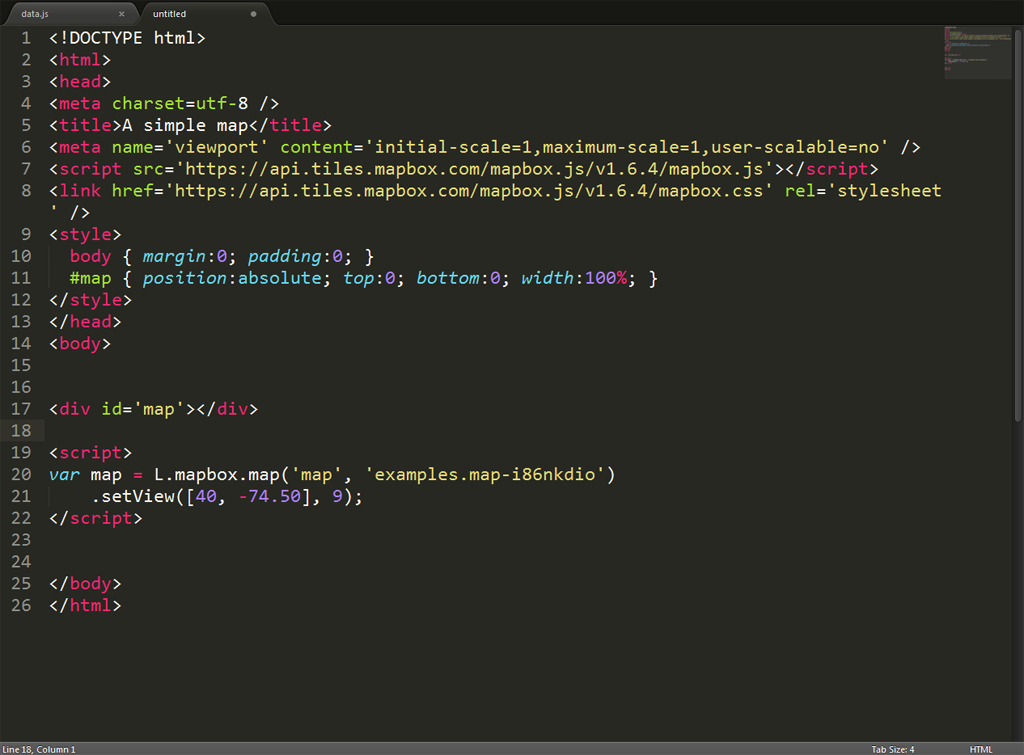
Chrome
Dev Tools
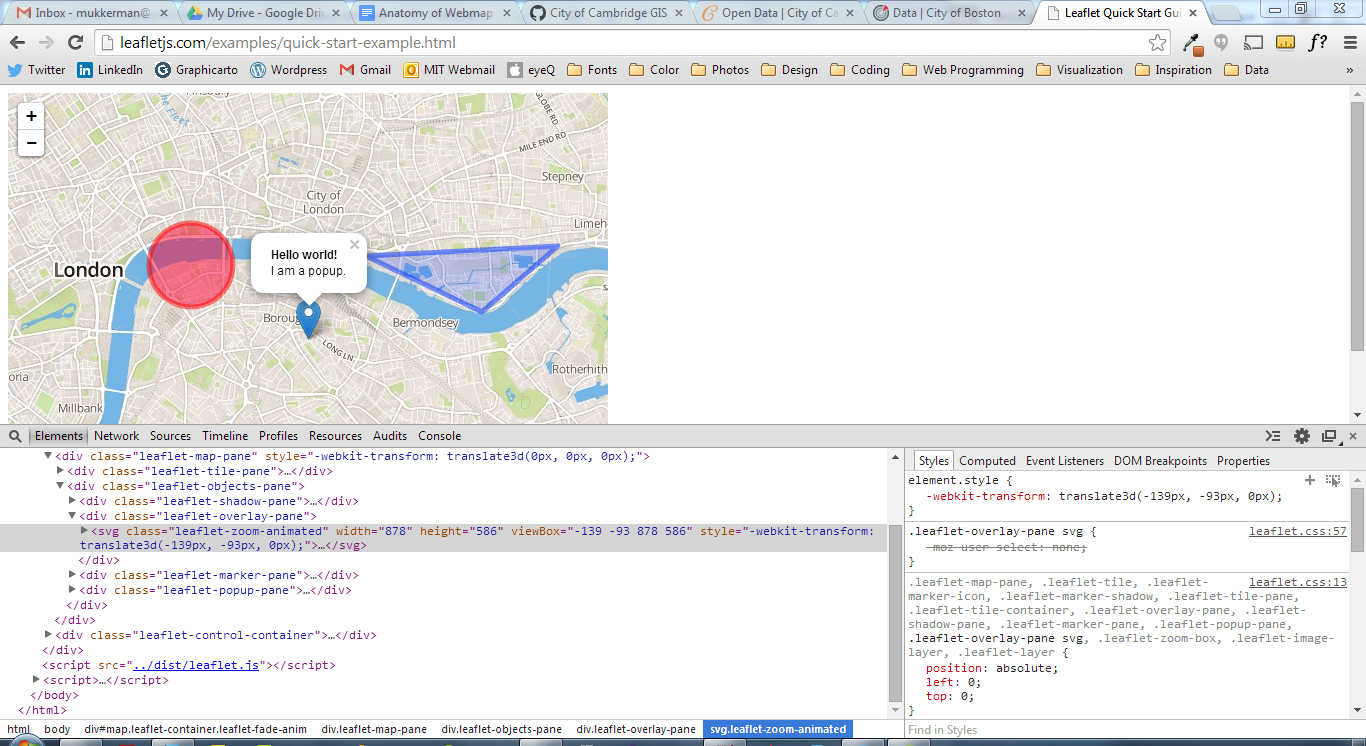
Other Awesome
Learning Sites
Codecademy
CodeSchool
Lynda.com
JavaScript.is(Sexy)
DUSPviz #webmapworkshop
Find a text editor!
Notepad ++
Brackets
Sublime Text
What can I use to get started?
Data Presentation
CartoDB
Mapbox
Leaflet
Tilemill
Mapbox Studio "Classic"
Mapbox Studio
OpenLayers
Mapquest Javascript APIS
Google Javascript APIS
Data Management/Manipulation
Free and Open Source GIS Software
QGIS

Basemaps
Design in TileMill (old), Mapbox Studio Classic (also apparently old), Mapbox Studio (you don't have access yet), etc.
Host on Mapbox or on your own:
TileServer.php, TileStache, TileCache, TileStream,
mbtiles-server, mod_tile
Or just use nice existing tiles!
OpenStreetMap, Stamen,
Mapbox, MapQuest
What is Git, Github,
and GeoJSON?
Learn Git, Github, and GeoJSON
Find Examples!
Open them, paste them, change things!
GIS Collective Tutorials
Leaflet Tutorials
MapboxJS Examples
OpenLayers Tutorials
I need data
Where do I get data?
Lots of places...
These are free. And open.
Natural Earth
OpenStreetMap Extracts
U.S. Census Bureau
Your own data! Geocoding
Open Data.
City and regional clearinghouses.
Data Boston
Open Data Cambridge
City of Cambridge Github
MassGIS
Exploration Session
Boston rodent incidents. Ew.
geojson.io
Data Boston
Download the CSV. Add the file to geojson.io!
Thats not all folks!
Welcome to the world of Web Maps!
Vector Tiles
UTF Grid
D3